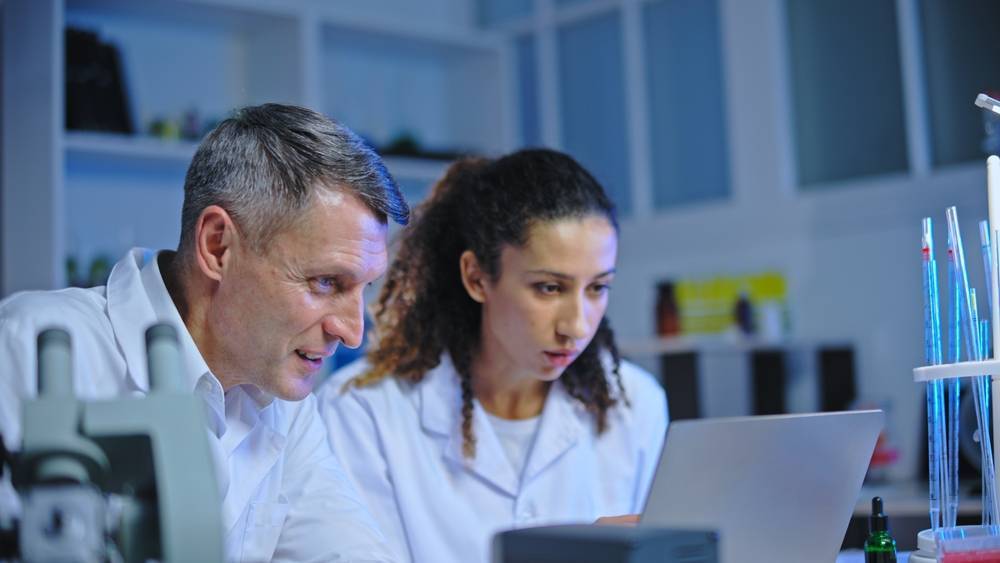Harnessing Artificial Intelligence in the Fight Against Drug-Resistant Bacteria
In a significant advancement for medical science, researchers at the Massachusetts Institute of Technology (MIT) have utilised artificial intelligence (AI) to discover a novel class of antibiotic compounds.
Published in the prestigious journal Nature, this groundbreaking study highlights the potential of AI in revolutionising drug discovery. The compounds unearthed through this innovative approach have demonstrated effectiveness against methicillin-resistant Staphylococcus aureus (MRSA). MRSA is responsible for numerous severe infections and deaths. This discovery is pivotal in the ongoing battle against drug-resistant bacteria, a growing global health concern.
A Deep Learning Approach to Drug Discovery
The MIT team’s approach in identifying these new compounds was deeply rooted in the use of deep learning. This is a sophisticated form of artificial intelligence. This technique involves training complex algorithms on extensive datasets, enabling the algorithms to recognise intricate patterns and make accurate predictions.
For this particular study, the deep learning model was trained using a vast dataset comprising approximately 39,000 compounds, each tested for their antibiotic properties against MRSA. This extensive training allowed the model to identify potential antibiotic compounds with a high degree of precision. Moreover, the researchers’ ability to interpret the AI model’s decision-making process marks a significant step forward. By understanding how the model predicts antibiotic efficacy, scientists can now design drugs more strategically, enhancing the efficiency and effectiveness of antibiotic discovery.
Targeting MRSA with Precision
In their research, the MIT team focused on targeting MRSA, a bacterium notorious for its resistance to many standard antibiotics. MRSA infections, which can range from skin conditions to more severe illnesses like pneumonia and sepsis, pose a significant public health challenge. The newly identified compounds exhibit a potent ability to combat MRSA. They have shown promising results not only in laboratory conditions but also in mouse models, a crucial step towards potential clinical applications.
Significantly, these compounds demonstrate a low level of toxicity to human cells, distinguishing them as particularly favourable for therapeutic development. James Collins, a lead researcher in the study, emphasised the importance of this discovery, stating, “Our work provides a framework that is time-efficient, resource-efficient, and mechanistically insightful, from a chemical-structure standpoint, in ways that we haven’t had to date.” This breakthrough illustrates the potential of AI in developing targeted treatments against specific pathogens. It opens new avenues in the fight against antibiotic-resistant bacteria.
Beyond the Laboratory: A Path to Clinical Use
The implications of this AI-driven discovery extend well beyond the laboratory. The MIT research team’s collaboration with Phare Bio, a non-profit organization, signifies a critical step toward translating these findings into practical medical solutions. Phare Bio’s role involves conducting a more detailed analysis of these compounds. This was done by assessing their chemical properties, and evaluating their potential for clinical use.
Furthermore, the MIT researchers are not only focusing on these newly discovered compounds, but also using their deep learning models to design additional drug candidates. This iterative process of discovery and refinement exemplifies the synergy between AI and medical research in producing innovative treatments. Felix Wong, a postdoc at IMES and the Broad Institute of MIT and Harvard, noted, “We are already leveraging similar approaches based on chemical substructures to design compounds de novo, and of course, we can readily adopt this approach out of the box to discover new classes of antibiotics against different pathogens.”
Collaborative Efforts in Groundbreaking Research
The success of this study is not just a testament to the prowess of AI in medical research, but also to the power of collaborative efforts across various esteemed institutions. Alongside MIT, key contributors to this landmark study included Harvard, the Broad Institute, Integrated Biosciences Inc., the Wyss Institute for Biologically Inspired Engineering, and the Leibniz Institute of Polymer Research in Dresden, Germany.
This diverse collaboration brought together a wide range of expertise, from artificial intelligence to biological engineering and polymer research. It highlights the multidisciplinary nature of modern medical breakthroughs. The collective effort of these institutions has paved the way for new antibiotic discoveries. It has also set a precedent for future research in the field of drug-resistant bacteria.
Harnessing AI for a Healthier Future
This pioneering study by the MIT team marks a significant milestone in harnessing AI for drug discovery. Particularly so in combating drug-resistant bacteria like MRSA. The integration of advanced AI models with traditional microbiological methods signifies a new era in medical research. Technology accelerates the pace of discovery and enhances the precision of therapeutic interventions. The success of this approach offers hope in the ongoing battle against antibiotic resistance, a major concern in global health. As this field continues to evolve, the potential for AI to revolutionise drug discovery and development becomes increasingly evident, promising a future where medical treatments are more effective, targeted, and safe.
References
- Wong, F., Zheng, E. J., Valeri, J. A., Donghia, N. M., Anahtar, M. N., Omori, S., Li, A., Cubillos-Ruiz, A., Krishnan, A., Jin, W., McGuire, A. M., Friedrichs, J., Helbig, R., Hajian, B., Fiejtek, D. K., Wagner, F. F., Soutter, H. H., Earl, A. M., Stokes, J., . . . Collins, J. J. (2023, December 20). Discovery of a structural class of antibiotics with explainable deep learning. Nature. https://doi.org/10.1038/s41586-023-06887-8
- Using AI, researchers identify a new class of antibiotic candidates. (2023, December 23). ScienceDaily. https://www.sciencedaily.com/releases/2023/12/231221012744.htm

